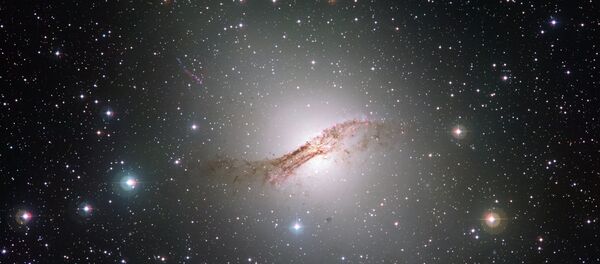According to the study published in the journal Nature, the planets orbit a dwarf star, now known as TRAPPIST-1. Its mass is less than 10 times the sun and it is approximately 500 million years old.
One of the study's authors, Michael Gillon of the University of Liège in Belgium, said that such dwarf stars have been found previously but the planets in the star’s immediate vicinity have been observed for the very first time.
“Taking into account these short orbits, the planets are 20 and 100 times closer to its star than Earth is to the Sun,” RT reported Gillon as saying.
He noted that the discovered star system resembles the location of Jupiter's moons.
“The structure of this system of planets is much more similar to the moons of Jupiter rather than our solar system,” Gillon said.
The scientist further said that the position of the planets gives a unique opportunity to search for life beyond Earth because these small stars are the only place where it is possible to discover life on a planet the size of Earth.
“If we want to find life in the universe, then you need to start looking here,” Gillon added.
As far as the next step is concerned the objective is clear. “Now we have to investigate if they’re habitable,” co-author Dr. Julien de Wit said.
“We will investigate what kind of atmosphere they have and then will search for biomarkers and signs of life. We have facilities all over the globe and in space that are helping us, working from UV to radio, in all different wavelengths to tell us everything we want to know about this system. So many people will get to play with this [system].”
This research was funded, in part, by the Belgian Fund for Scientific Research, the European Research Council, and NASA.





